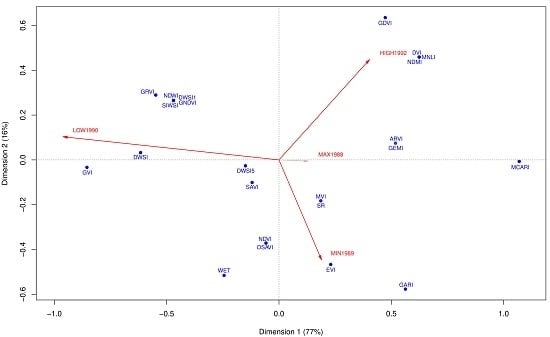Multispectral Contrast of Archaeological Features: A Quantitative Evaluation
Abstract
Share and Cite
Kalayci, T.; Lasaponara, R.; Wainwright, J.; Masini, N. Multispectral Contrast of Archaeological Features: A Quantitative Evaluation. Remote Sens. 2019, 11, 913. https://doi.org/10.3390/rs11080913
Kalayci T, Lasaponara R, Wainwright J, Masini N. Multispectral Contrast of Archaeological Features: A Quantitative Evaluation. Remote Sensing. 2019; 11(8):913. https://doi.org/10.3390/rs11080913
Chicago/Turabian StyleKalayci, Tuna, Rosa Lasaponara, John Wainwright, and Nicola Masini. 2019. "Multispectral Contrast of Archaeological Features: A Quantitative Evaluation" Remote Sensing 11, no. 8: 913. https://doi.org/10.3390/rs11080913
APA StyleKalayci, T., Lasaponara, R., Wainwright, J., & Masini, N. (2019). Multispectral Contrast of Archaeological Features: A Quantitative Evaluation. Remote Sensing, 11(8), 913. https://doi.org/10.3390/rs11080913







